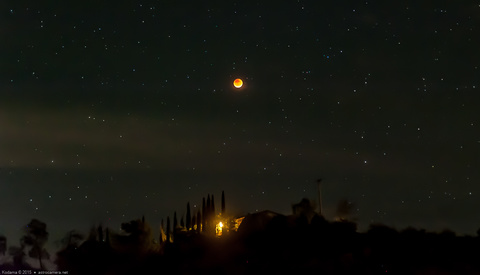An Intro to Photographing the Planets
Aside from the Perseid meteor shower, the summer hype is on for viewing Saturn. Indeed, Saturn is a great target for visual observers, especially if it’s your very first view through a telescope. But for astrophotographers, it’s a tough target. A bit of an easier target is Jupiter, which is “following” Saturn across the summer sky.

















